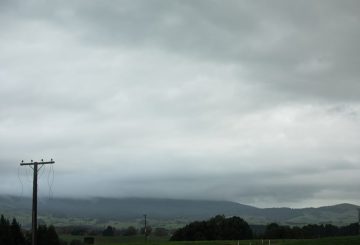ニューヨーカーのスタッフライター、カイル・チャイカによると、スタイル、音楽、アート、食べ物の「同一性」がますます明らかになりつつあるという。Chaykaは、彼の新しい著書「フィルターワールド:アルゴリズムが文化を平坦化した方法」の中で、デジタルプラットフォームにとって最も効果的なものに私たちの注意を向けるアルゴリズムが原因であると主張しています。こうしたアルゴリズムは Google 検索、Facebook フィード、オンライン広告で見られるようになり、個人の意思決定の減少につながっています。
Chaykaは、これらの力が私たちの好みをどのように形作っているかを人々に理解してもらい、コンピューターで生成された数式が私たちの経験や選択を左右するのをやめたいと考えています。「フィルターワールド」という用語は、私たちが消費したいと思うものに合わせて調整されたアルゴリズムによって作り出される環境を指します。Chaykaは、これらのアルゴリズムはエンゲージメントに基づいて判断するため、均質性が強化されると説明しています。
Chaykaは、アルゴリズムの影響はYouTube、Spotify、Netflixなどのデジタルプラットフォームだけでなく、カフェやレストランなどの物理的な空間にも及ぶと述べています。消費に関する意思決定がますますオンラインに移行するにつれて、物理的な空間は人気のオンライン美学に適応し始めています。Chaykaは、再生木製家具、メニューにあるアボカドトースト、ラテアートが特徴の、世界中のコーヒーショップでも同じ美学を見出したことを思い出します。
情報の門番は、伝統的にテレビ局、雑誌、新聞という形で常に存在してきたが、新しい門番としてアルゴリズムを使うことにはそれなりの問題があるとチャイカは警告する。アルゴリズムには感情、創造性、そして人間の魂が欠けていて、パーソナライズされたレコメンデーションを提供するものとして売り出されている一方で、プラットフォームにとって最も便利なものを推奨することが多いと彼は主張する。たとえば、Netflixは番組や映画のサムネイルをより魅力的に見せるように調整し、視聴者を操作して、すでに公開されているものが好きだと思わせています。
Chaykaは、特にテレビでは、アルゴリズムの探求から自分の好みに疑問を持つようになったことを認めています。なぜなら、彼は本当に感動するかどうかわからないまま、おすすめのものをよく見ているからです。





























































